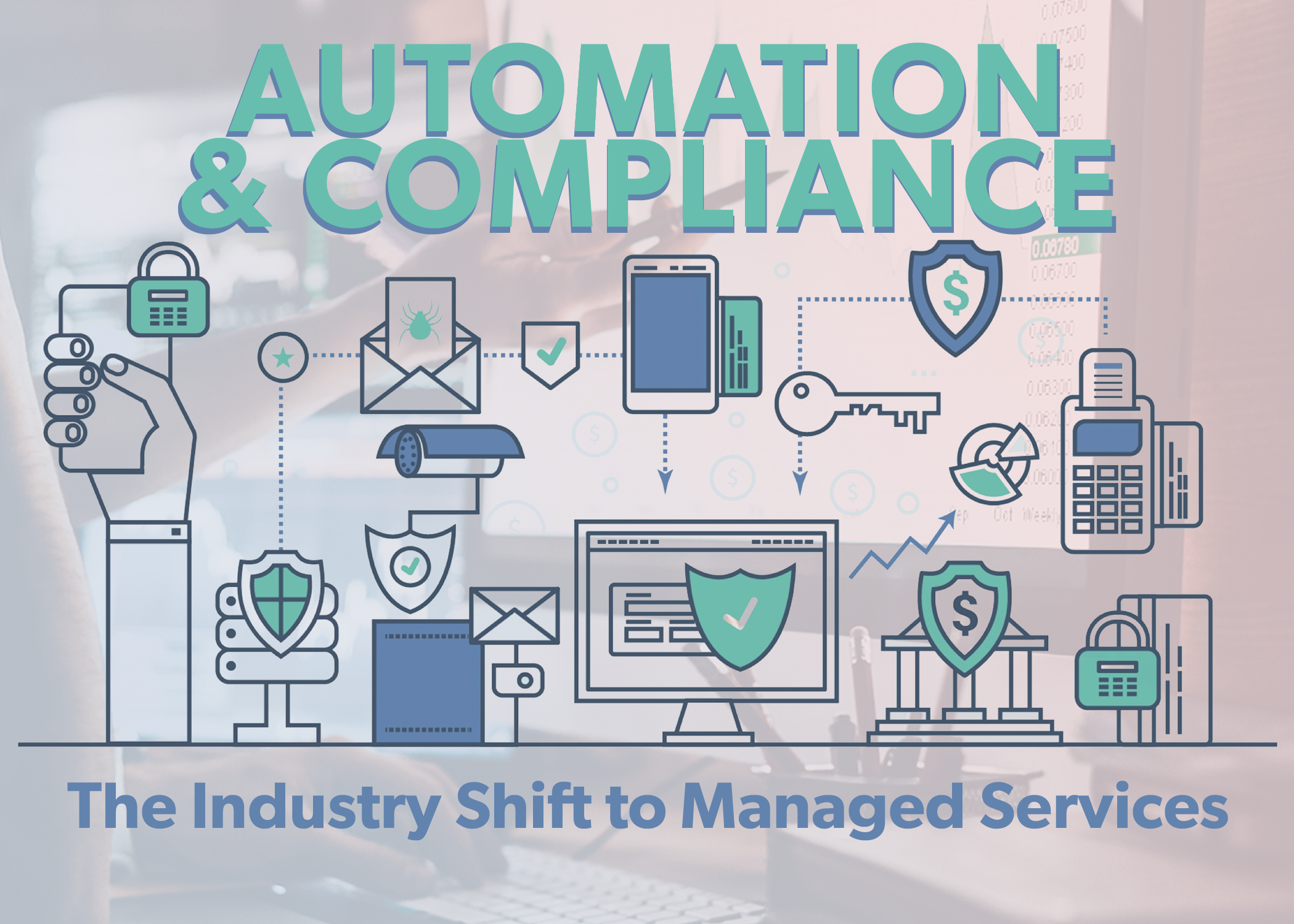Key Takeaways from this blog:
- Increased Need for User Access Controls: The shift to third-party services and interconnected applications demands robust user access controls, as many assets are now protected only by login screens.
- Risks from Service-to-Service Connections: Interconnected third-party services can trigger chain reactions in the event of a security breach, allowing attackers to access multiple systems through APIs.
- Social Engineering Threats: Attackers are increasingly using social engineering tactics to compromise systems, often targeting employees to gain credentials through deceptive means like phishing.
- Rivial Security simplifies cloud migration by offering a platform that integrates security frameworks like NIST, CSA CCCM, and CIS Benchmarks, enabling quick compliance assessments and seamless, secure transitions to the cloud.
Get Our AI Security Policy
Download our free resource to get clear, actionable guidelines, designed with the latest and best practices to ensure your institution remains secure and compliant.
3rd Party Services, all with Web Portals
The nature of web-based service providers calls for a much greater need for User Access Controls. Now, many critical business lines and sensitive data lies in the myriad web portals spread across the World Wide Web. Much of these assets are protected purely be the prolific Login Screen.
Services talking directly to other services
With the interconnected nature of services, many organizations have their third-party applications interface directly to other third-party applications to enable automated and streamlined business processes. This connectivity opens the risk of chain-reaction incidents. An attacker gaining access to one service through faulty user access controls could potentially affect multiple other services through the back door nature of service-to-service APIs.
Social Engineering
With the ever increasing adoption of HTTPS, brute force mitigations, and system-level incident monitoring, it is becoming harder and harder for attackers to compromise systems on a “hacking” level. A lot of security incidents stem from Social Engineering attacks. These attacks target the weakest link in the security chain: people. Leveraging the human nature of trust and curiosity, attackers will go to great lengths to trick an employee to accidentally give up credentials. These attacks often have many steps and be done over the course of weeks or months.
Many times, an employee will have no idea that the website they are entering their login information into is not legitimate until it’s too late. Attackers will find third parties that an organization trusts, and “spoof” their website, most of the time triggered by a “call to action” email or phone call that will prompt the employee to login in response to some event.
Multi Factor Authentication
Once a single employee account is compromised, an attacker can sometimes start a chain reaction attack by targeting other connected services or employee accounts. Even if the incident is caught and remedied quickly, that attacker already has enough new information to continue the barrage of social engineering attacks on other parts of the organization.
This scenario can be avoided by strong User Access controls and Multi Factor Authentication. But by how much? MFA is now very mainstream and goes a long way to avoid incidents based on compromised user credentials but is not foolproof. Attackers many times now include the MFA process as part of a layered Social Engineering attack strategy, and even popular authentication tools can be compromised on the system and hardware levels.
Inconsistent Policies Across Environments
As organizations adopt hybrid and multi-cloud infrastructures, managing user access becomes increasingly fragmented. On-premises systems often rely on centralized tools like Active Directory, while cloud providers each introduce their own identity models and permission structures. The result is a patchwork of access controls that rarely align across environments.
User Training
With all the advances in technology, the most reliable security measure today is still sometimes.. people. Proper awareness of User Access controls and consistent cybersecurity awareness training of employees to detect and report social engineering probes can go a long way to preventing incidents. With the vast networks of connected service providers, this is ever more important to prevent a single incident from snowballing into something much larger.
Securely Shift With Rivial Security
Transitioning to the cloud can be complex, but Rivial simplifies the process with a powerful platform that helps you manage and integrate security frameworks like NIST, CSA CCCM, and CIS Benchmarks.
With just a few clicks, you can upload frameworks and quickly assess your security posture, ensuring compliance and alignment with industry standards. Our solution streamlines cloud migration and optimization, making it easy to maintain a strong, up-to-date security program as your needs grow.
Get Our AI Security Policy
Download our free resource to get clear, actionable guidelines, designed with the latest and best practices to ensure your institution remains secure and compliant.

Cybersecurity in 2023: Principle 1 — Single Pane of Glass
This blog post is a part of our 5 Principles Blog series. We came up with a new approach that enables organizations to improve their security in a...

4 Traits to Look for in a CISO Candidate
Knowing when it’s the time to secure an executive level information security position for your financial institution boils down to two things: the...

 Jacob Blazina
Jacob Blazina

